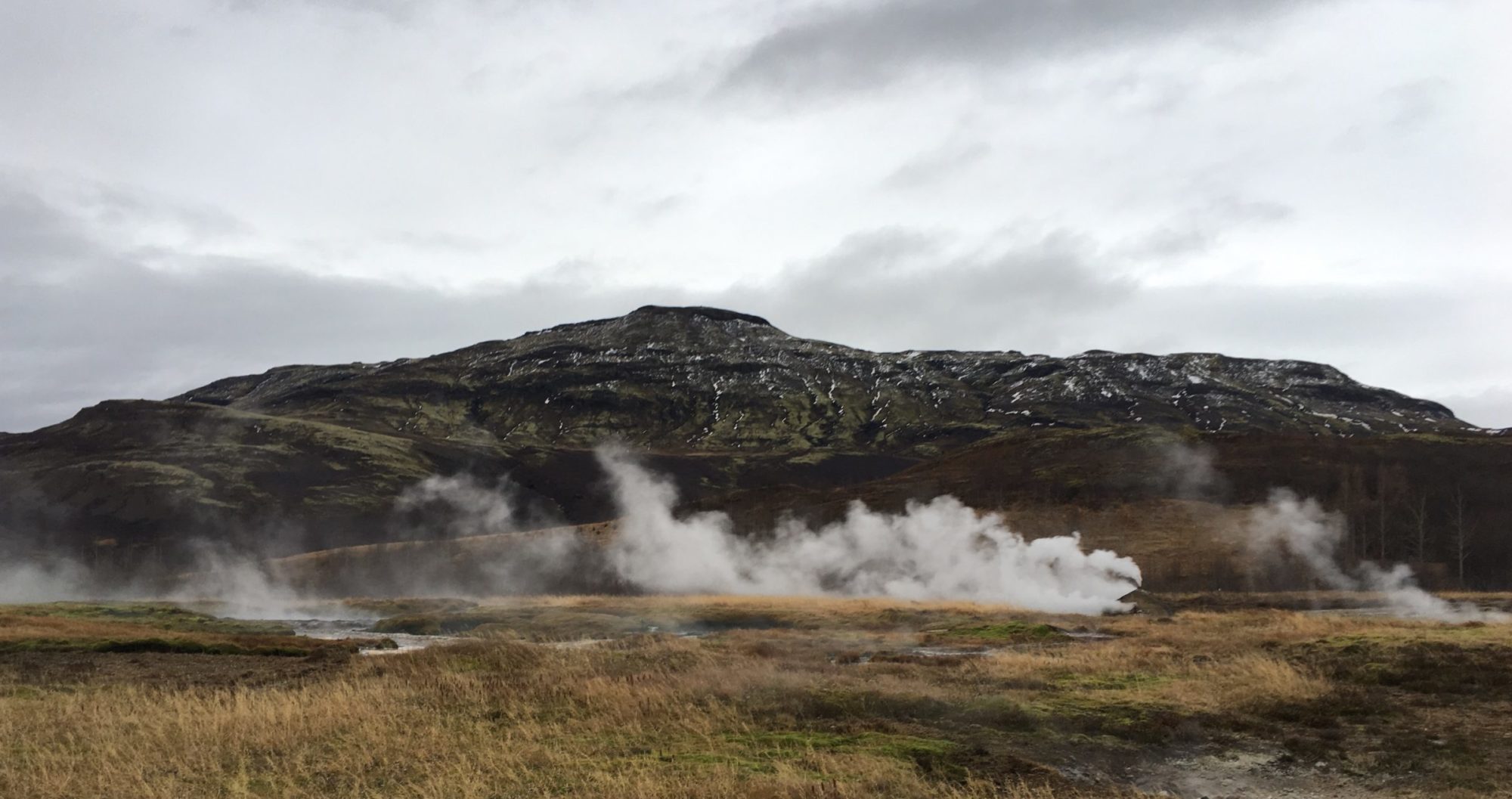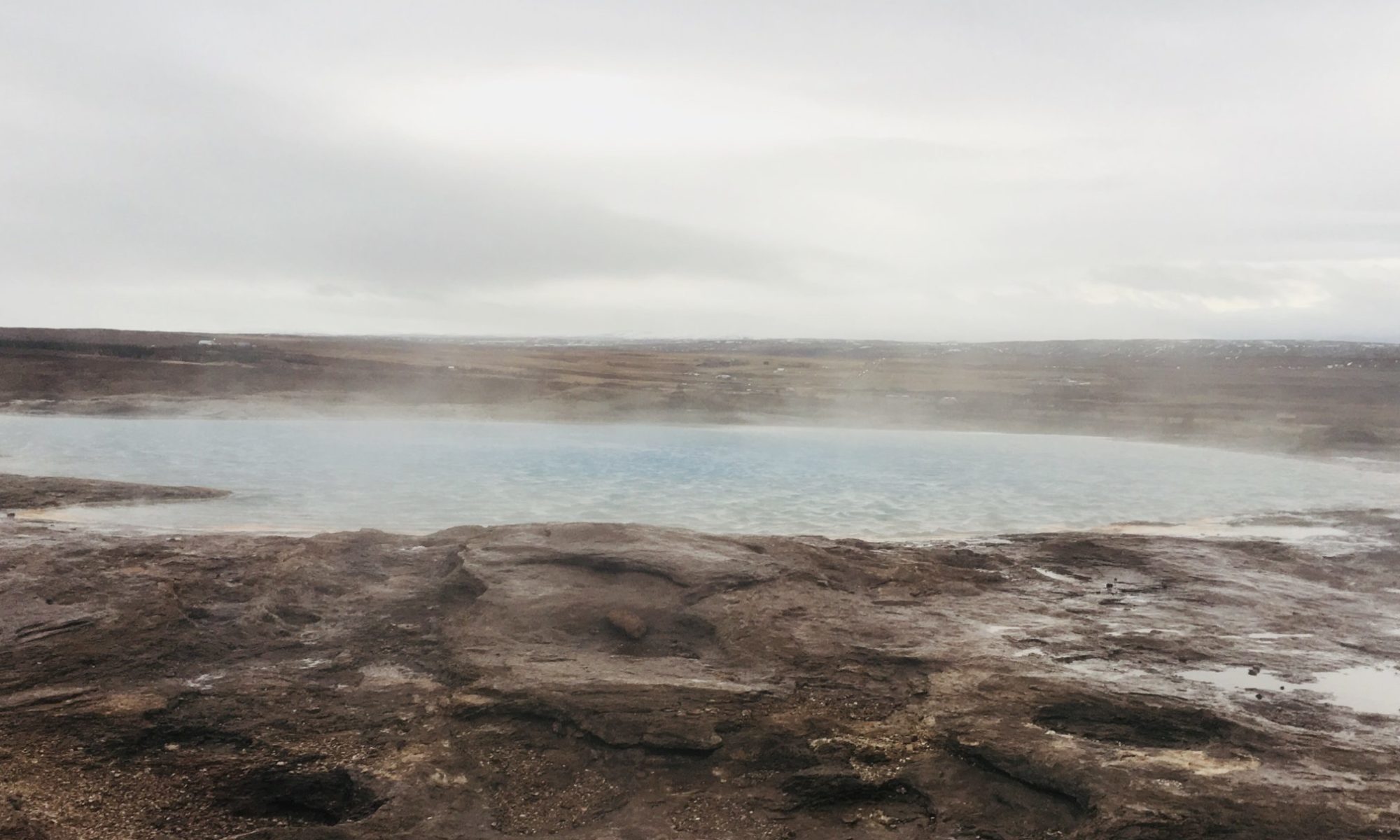This chapter looks at organisms that have surpassed human capabilities and how they survive at the greatest extremes.
Extremophiles
Right now, there is a growing industry for extremophiles. These organisms can tolerate extremes of heat, cold, acid, base, and many others. Taq polymerase, the enzyme used in PCR, was found in a hyperthermophile and has been widely used in research and medicine. There are many applications for these unusual organisms.
Suspended Animation
Water is therefore the essence of life, the true aqua vitae sought so earnestly by the alchemists of old.
All organisms require one thing to grow and reproduce: water. Suspended animation is an extended period where an organism can exist without water. This phenomenon has many applications, such as cryopreservation. Sperm, eggs, and even embryos can be frozen to help solve many fertility problems. Human cells can even be frozen, such as HeLa cells, which are constantly used in scientific research. For the search for life beyond Earth, scientists are searching for water as this is where there is possibility of life.
Some Like it Hot
Most cells die at temperatures over 50 degrees Celsius because proteins become denatured. Yet, there are archaea and bacteria that can tolerate extreme temperatures close to boiling. Thermophiles can live at 50 degrees Celsius, and hyperthermophiles can live at 80 degrees Celsius. These organisms are found in hot springs and volcanic vents. The most extreme species found is the Pyrolobus fumarii that can live at 113 degrees Celsius in black smoker chimneys. This tolerance is due to the unusually high heat resistance of the proteins in these organisms.
Acid Heads
Most cells prefer a neutral environment with a pH around 7 since acid destroys DNA and proteins. Yet, acidophiles can live in a pH below 5. These organisms are found in geothermal areas, acid waters, vinegar, and lemon juice. The current most extreme species is Pircophilus, living in a pH of 0.5. It is still unknown how these archaea and bacteria are able to live in such acidic conditions.
Basic Needs
Alkali can rot flesh and fibre and will break down ribonucleic acid around a pH of 9. Yet, alkaliphiles can live in a pH above 9. These organisms keep their internal pH high by taking up hydrogen ions from the environment.
A Salty Tale
Most organisms cannot tolerate high levels of salt because water will rush out of the cell to balance the external environment and leave the cell shriveled. Yet, halophiles live in very salty seas at salt concentrations above 15 percent by keeping their internal salt concentration high. These organisms can be found in the Dead Sea and the Great Salt Lake.
Life Without Oxygen
For most organisms, oxygen is essential to life and is used to provide energy to the cell. Yet, some archaea and bacteria find oxygen toxic. These organisms are methanogens and can be found in bogs and the guts of animals. Methanogens are responsible for the production of large amounts of methane that contribute to greenhouse gases.

